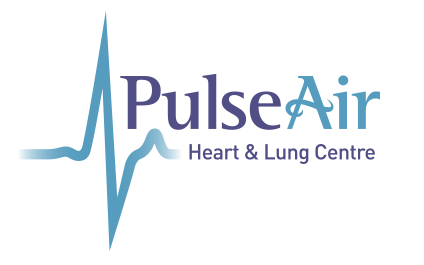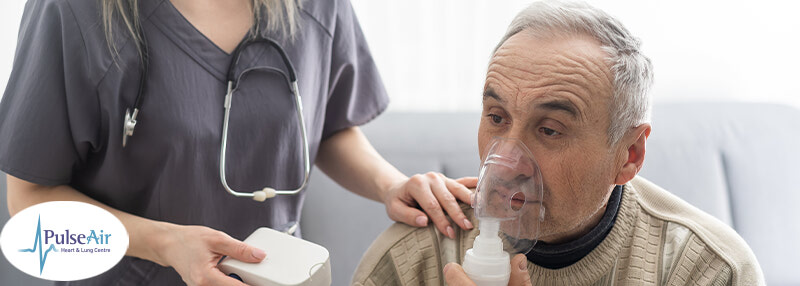As winter approaches, it brings with it the potential for extreme weather events, power outages, and other challenges that can impact individuals relying on home oxygen. Ensuring the safety and well-being of home oxygen users during these situations requires thoughtful planning. In this guide, we'll outline a comprehensive winter emergency preparedness plan to empower individuals on home oxygen and their caregivers.
Emergency Contact Information
- Create a list of emergency contacts, including healthcare providers, family members, and neighbors. Share this list with your support network and keep a copy in an easily accessible location.
Backup Power Solutions
- Invest in a reliable backup power source, such as a generator or uninterruptible power supply (UPS). Regularly test backup power equipment to ensure functionality. Have spare batteries for portable oxygen concentrators and other devices.
Cold Weather Supplies
- Stock up on cold-weather essentials like warm blankets, extra layers of clothing, and thermal socks. Ensure you have an adequate supply of oxygen tubing, masks, and cannulas.
Emergency Evacuation Plan
- Develop a clear evacuation plan in case of severe weather or other emergencies. Identify nearby shelters and accessible transportation options. Coordinate with local emergency services for assistance if needed.
Medication and Medical Records
- Keep a sufficient supply of medications on hand, including any prescribed for respiratory conditions. Maintain a record of medical information, allergies, and a list of current medications.
Weather Monitoring
- Stay informed about weather forecasts and warnings through reliable sources. Consider investing in a weather radio or downloading apps such as AccuWeather, The Weather Channel, and WeatherCAN for real-time updates.
Community Support
- Connect with local community services or organizations that assist individuals with medical needs during emergencies. Inform neighbors and local authorities about your status as a home oxygen user.
Create an Emergency Kit
- Create an emergency kit containing essentials like bottled water, non-perishable food, a flashlight, batteries, and a first aid kit. Include a portable oxygen concentrator or extra oxygen tanks in the kit.
Educate Caregivers
- Ensure that family members and caregivers are familiar with the emergency plan. Train them on the proper use of backup equipment and emergency procedures.
Regular Equipment Maintenance
- Schedule regular maintenance checks for your oxygen concentrator and other medical equipment. Keep contact information for equipment suppliers readily available.
Winter emergencies can be challenging, but with careful planning and preparation, you can navigate these situations with confidence. By following this comprehensive guide, you can create a robust winter emergency preparedness plan that ensures respiratory health and overall well-being are prioritized, even in the face of adverse weather conditions and unforeseen challenges. At PulseAir Heart & Lung Centre, we can help you with all your home oxygen needs. Explore our website or contact us today to learn more about how we can help you.


